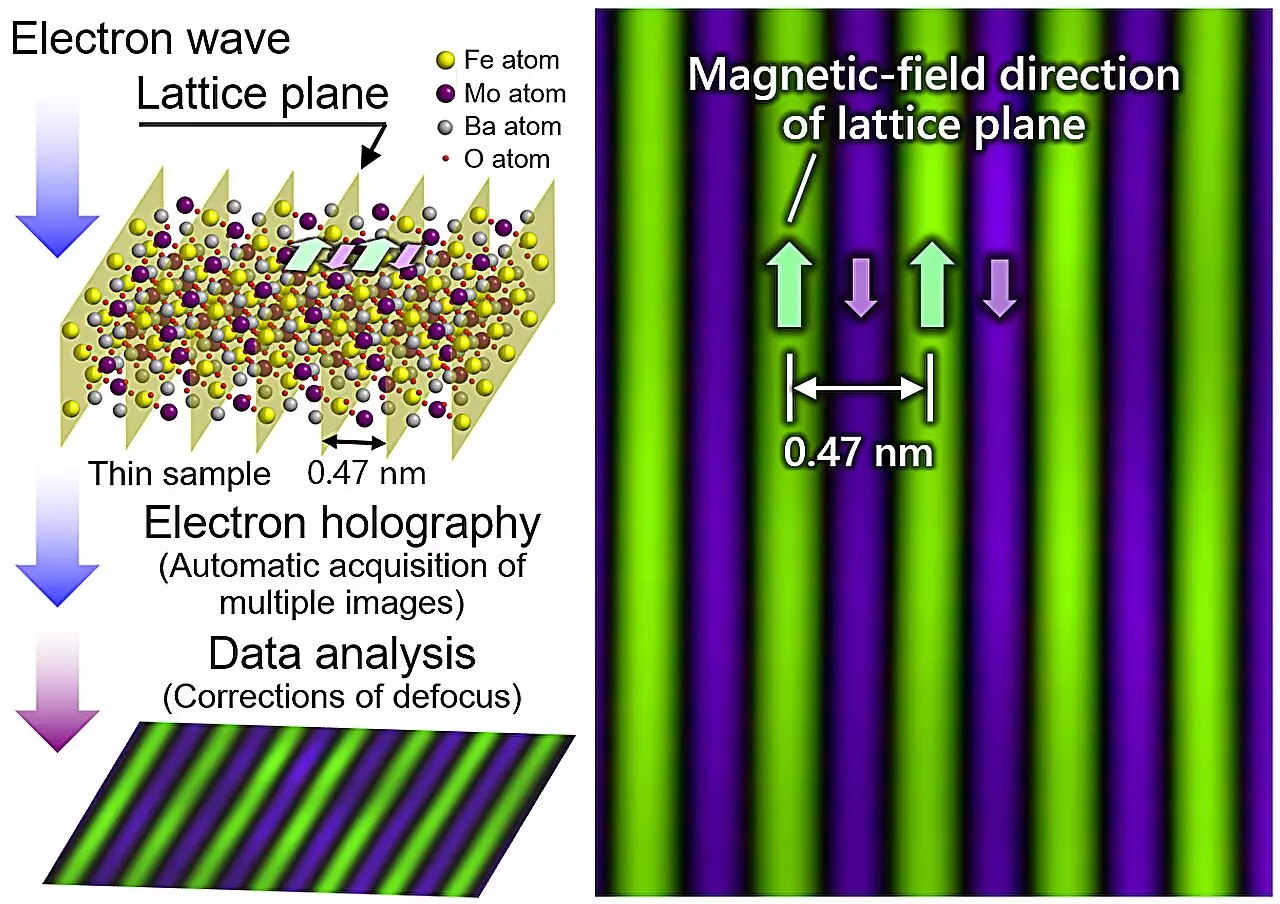A groundbreaking research project conducted by a team in Japan, involving scientists from various institutions, has resulted in a significant advancement in the observation of magnetic fields at the tiniest scales imaginable. By utilizing Hitachi’s atomic-resolution holography electron microscope in conjunction with innovative image acquisition techniques and defocus correction algorithms, the team has successfully visualized the magnetic fields of individual atomic layers within a crystalline solid. This breakthrough opens up new possibilities for understanding and manipulating materials on a molecular level, with potential implications for a wide range of applications.
Challenges and Solutions
One of the key challenges that the researchers faced was improving the resolution at which magnetic fields of atomic layers could be observed. Prior to this latest achievement, the maximum resolution was limited to around 0.67 nm. By addressing several key limitations in the electron microscope technology, the team was able to push this limit even further. They developed a system to automate control and tuning during data acquisition, significantly speeding up the imaging process. Additionally, specific averaging operations were performed to reduce noise and enhance the clarity of the resulting images, which contained valuable electric field and magnetic field data. Another issue that was tackled was the correction for minute defocusing, which could cause aberrations in the acquired images. By implementing a post-image-capture correction method based on analyzing reconstructed electron waves, the researchers were able to eliminate residual aberrations and enhance the visibility of atomic positions and phases with magnetic field information.
The team conducted electron holography measurements on samples of Ba2FeMoO6, a layered crystalline material with distinct magnetic fields in adjacent atomic layers. Through a comparison of their experimental findings with simulations, they were able to confirm that they had achieved an unprecedented resolution of 0.47 nm in observing the magnetic fields of Ba2FeMoO6. This outcome represents a significant step forward in the direct observation of magnetic lattices in specific areas of materials, such as interfaces and grain boundaries. The researchers believe that this breakthrough will enable the exploration of hidden phenomena that can be uncovered through electron spin configurations in magnetic materials.
The team is optimistic about the potential impact of their achievement on future scientific and technological endeavors. They anticipate that their atomic-resolution holography electron microscope will be utilized by diverse parties, contributing to advancements in fields ranging from fundamental physics to the development of next-generation devices. Ultimately, the researchers believe that this breakthrough could pave the way for the realization of a carbon-neutral society by facilitating the creation of high-performance magnets and highly functional materials essential for decarbonization and energy-saving initiatives. This marks an exciting new chapter in the study and manipulation of materials at the atomic level, with far-reaching implications for various industries and scientific disciplines.


Leave a Reply